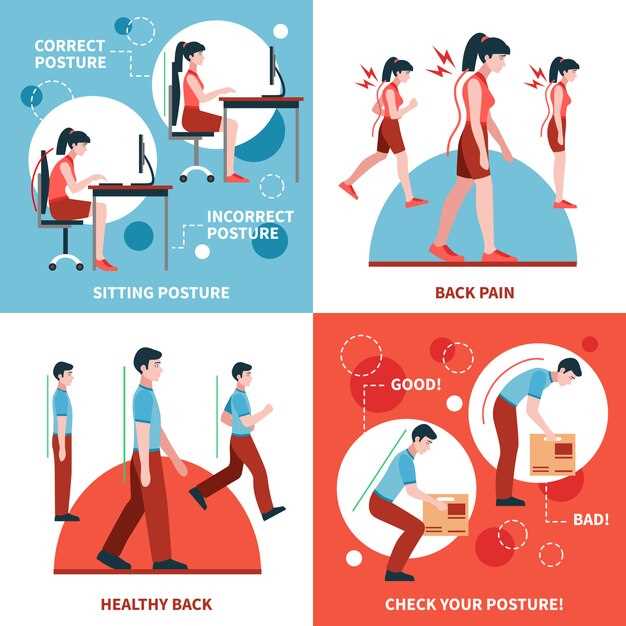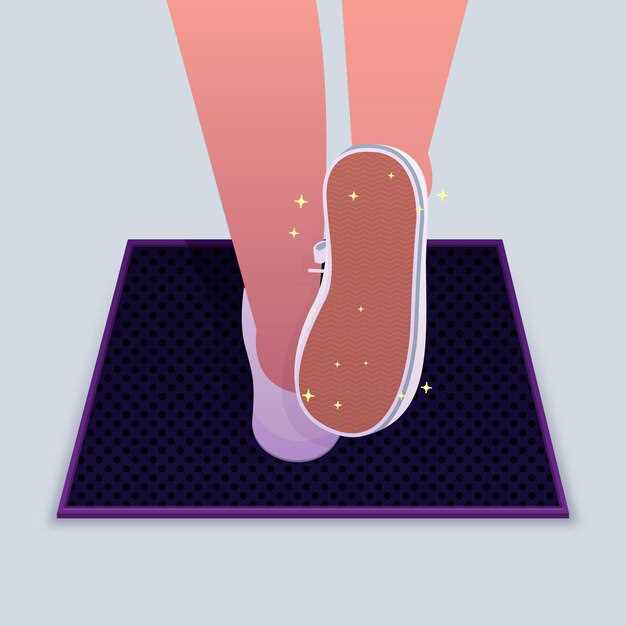
The art of downshifting is a crucial skill for any performance driver, and among the various techniques available, heel-and-toe downshifting stands out for its efficacy and elegance. This method not only enhances the driving experience but also ensures smoother transitions between gears. At its core, heel-and-toe downshifting involves coordinating the braking and throttle using the right foot, allowing for optimal matching of engine revs during gear changes.
To achieve a seamless shift, drivers must master the timing and precision required for rev matching, which involves increasing the engine speed to match the RPMs of the lower gear engaged. By executing this technique properly, drivers can minimize wear on the transmission and maintain vehicle stability, especially during high-performance driving scenarios. Understanding the mechanics behind heel-and-toe downshifting will empower drivers to enhance their skills and take full control over their vehicles in various driving conditions.
Mastering the Heel-and-Toe Technique for Smooth Gear Transitions

The heel-and-toe technique is an essential skill for any performance driver looking to achieve smooth gear transitions during downshifting. This method involves using both the heel and toe of the right foot to operate the brake and accelerator pedals simultaneously, allowing for seamless rev matching and maintaining vehicle stability.
To perform the heel-and-toe technique effectively, begin by positioning your foot over the brake pedal. As you apply pressure to slow down, pivot your foot at the ankle to reposition your heel over the accelerator pedal. This allows you to blip the throttle, raising the engine RPM to match the lower gear you are shifting into. The goal is to synchronize the engine speed with the gearbox, preventing any disruptive jolts when transitioning gears.
Practicing the heel-and-toe technique requires coordination and timing. Start at lower speeds in a safe environment where you can focus solely on the pedal placement and engine revs without distractions. As you become more comfortable, gradually increase your speed and incorporate more complex braking scenarios.
Always remember that smoothness is key. The quality of your downshift is determined not just by the revs but also by how fluidly you can transition between braking and accelerating. Over time, mastering this technique will lead to improved vehicle control, enhanced cornering capabilities, and a more enjoyable driving experience.
Practical Steps for Achieving Proper Rev Matching During Downshifts

Rev matching is a crucial technique in heel-and-toe downshifting that ensures smooth transitions between gears while maintaining vehicle stability. To achieve proper rev matching, follow these practical steps.
First, begin by engaging the clutch and shifting from a higher gear to a lower one. As you press the clutch pedal, ensure that your foot is positioned correctly for heel-and-toe execution. Your right foot should be poised over both the brake and accelerator pedals, while the left foot operates the clutch.
Next, while braking, release the clutch pedal partway to prepare for the gear change. Simultaneously, use your right heel to apply the brake smoothly, and with the ball of your right foot, tap the accelerator. This action increases the engine revs to match the lower gear speed.
The timing of your throttle blip is critical. Aim to synchronize the engine speed with the transmission’s input shaft speed for the lower gear. This adjustment minimizes shock to the drivetrain, allowing for a smoother shift. It’s important to practice the timing to find the correct rev range for your specific vehicle.
After matching the revs, fully release the clutch while gradually easing off the brake. This step ensures seamless engagement of the gears. Complete the downshift smoothly and without abrupt movements to maintain control of the vehicle.
Finally, practice is essential. Repeated attempts at rev matching during downshifts will help you internalize the technique, making it an instinctual part of your driving. Start in a safe environment, gradually incorporating this technique into regular driving scenarios to enhance your skill.
Common Mistakes to Avoid When Implementing Heel-and-Toe Downshifting
Heel-and-toe downshifting is an advanced technique that requires precision and practice. Mistakes during execution can lead to poor vehicle control and reduced performance. Here are some common pitfalls to avoid:
1. Inadequate Rev Matching
One of the primary mistakes is failing to properly match the engine revs with the wheel speed. Insufficient rev matching can cause abrupt deceleration and destabilize the vehicle during the downshift. Make sure to blip the throttle adequately to achieve a smooth transition.
2. Incorrect Foot Placement
Misplacing your right foot can lead to a lack of control. Ensure that your heel rests on the brake pedal while your toe operates the throttle. Incorrect positioning may result in inconsistent throttle application, disrupting the rev matching process.
3. Over-Reliance on Technique Without Practice
While understanding the mechanics of heel-and-toe downshifting is essential, relying solely on theory without practice can lead to failure. Regular practice is crucial to develop muscle memory and improve overall execution in real driving situations.
4. Neglecting Brake Pressure Management
Balancing brake pressure is vital during heel-and-toe downshifting. Applying too much pressure can unsettle the vehicle, while too little pressure may not slow you down adequately. Strive for a smooth brake modulation to maintain control throughout the maneuver.
5. Attempting to Shift at High RPMs
Executing heel-and-toe downshifting at excessively high RPMs can lead to engine over-revving. This not only damages the engine but also increases the likelihood of losing control. Always consider the appropriate RPM range for safe downshifting.
6. Ignoring Vehicle Dynamics
Each vehicle handles differently, and ignoring these differences can result in mistakes. Familiarize yourself with your car’s characteristics, such as weight distribution and responsiveness, to better tailor your heel-and-toe technique for optimal performance.
Avoid these common mistakes to enhance your heel-and-toe downshifting skills. With practice and awareness, you can achieve smooth transitions and improved driving efficiency.
